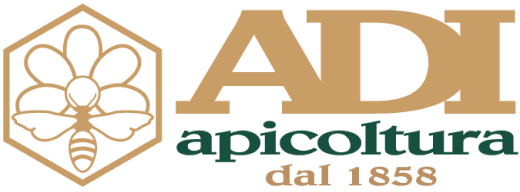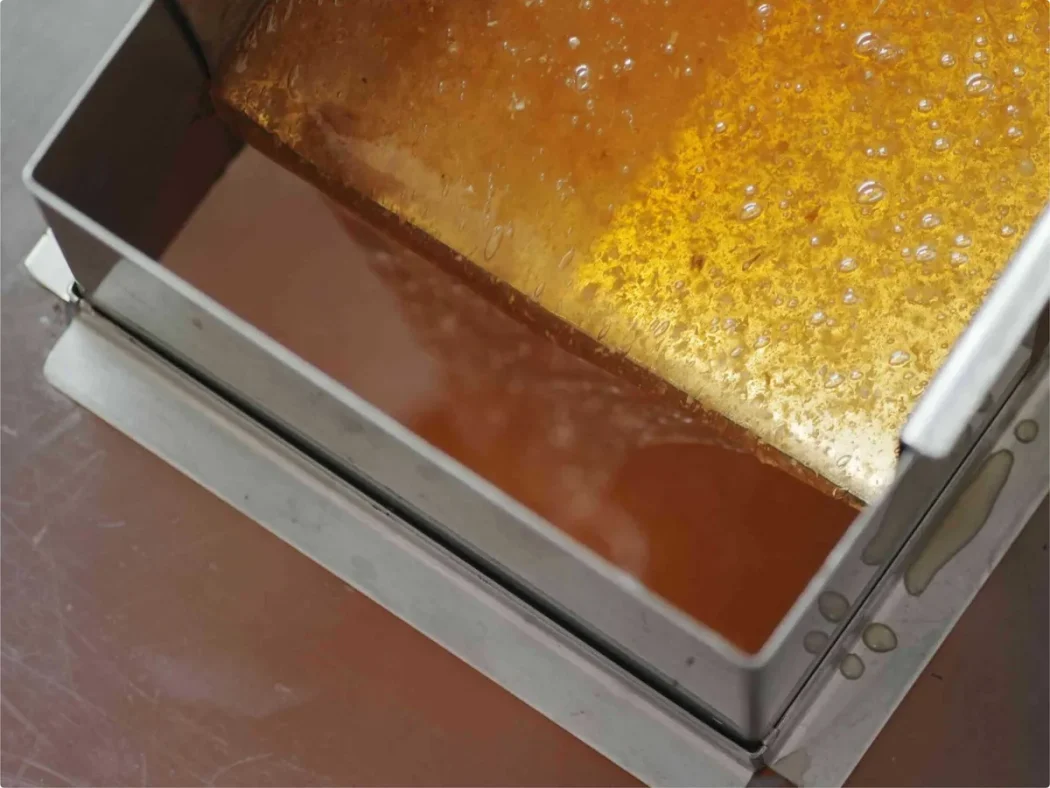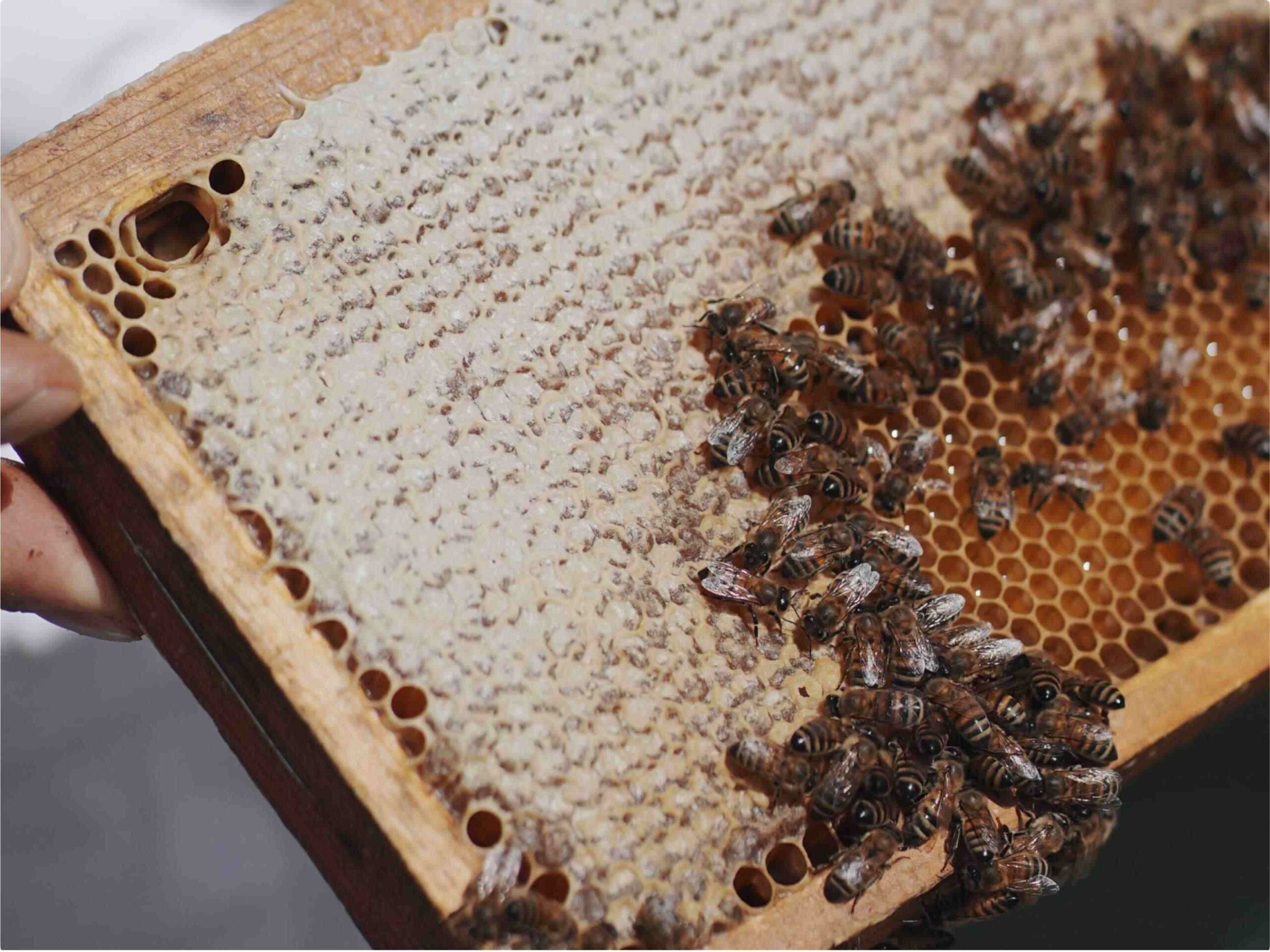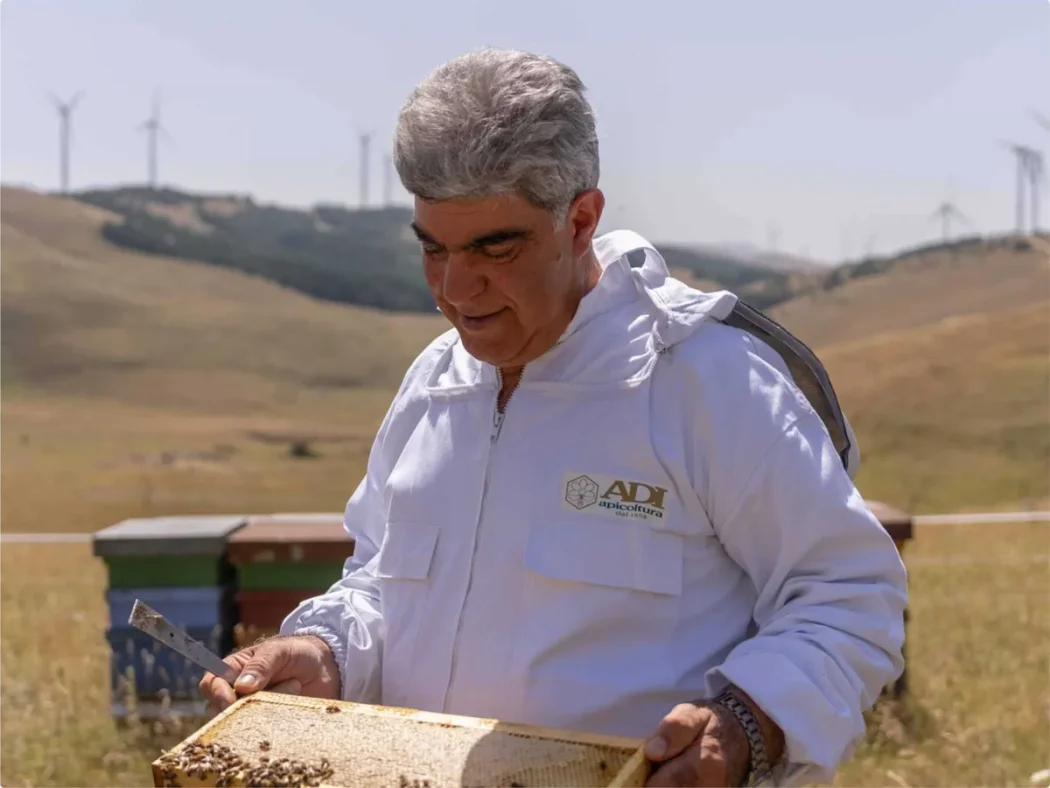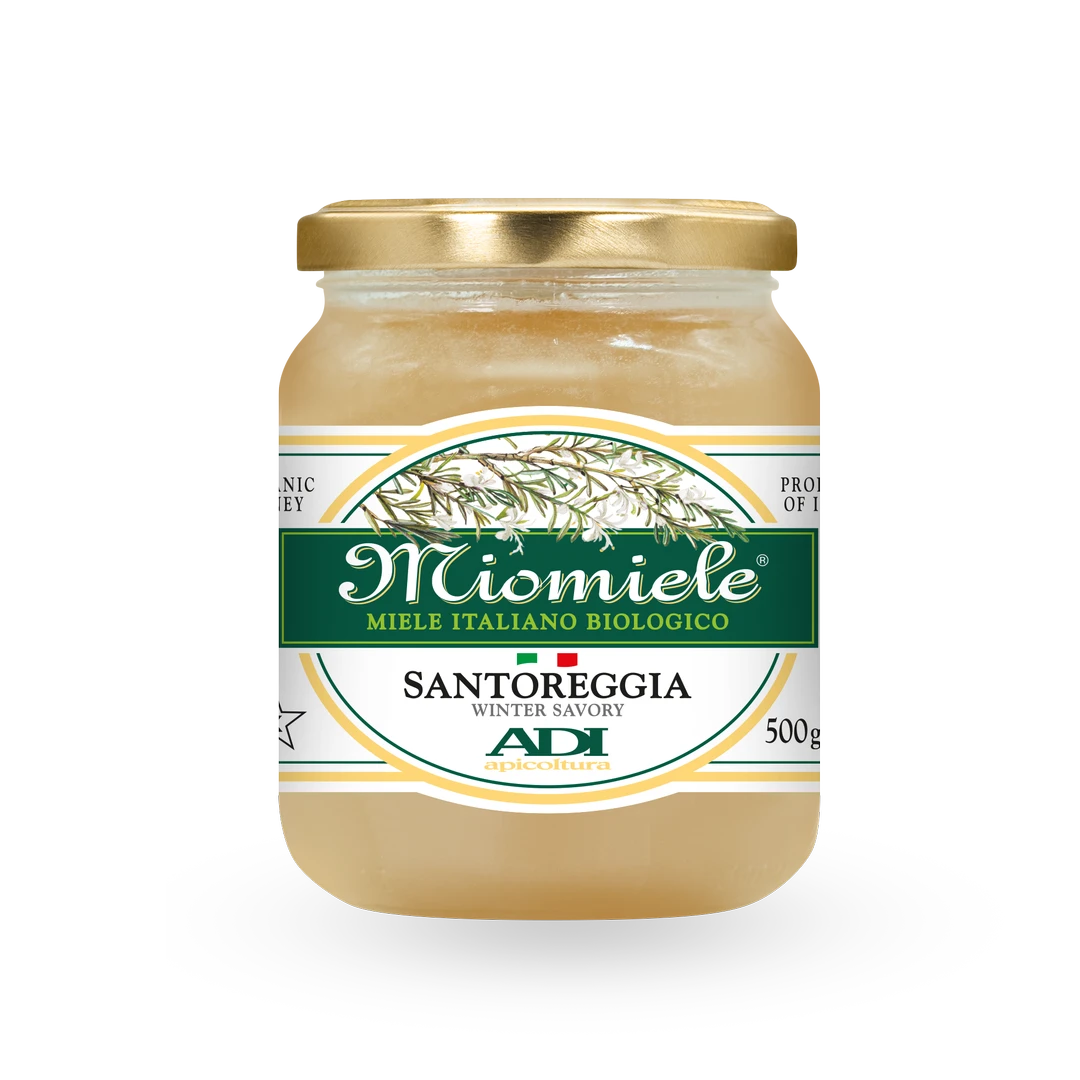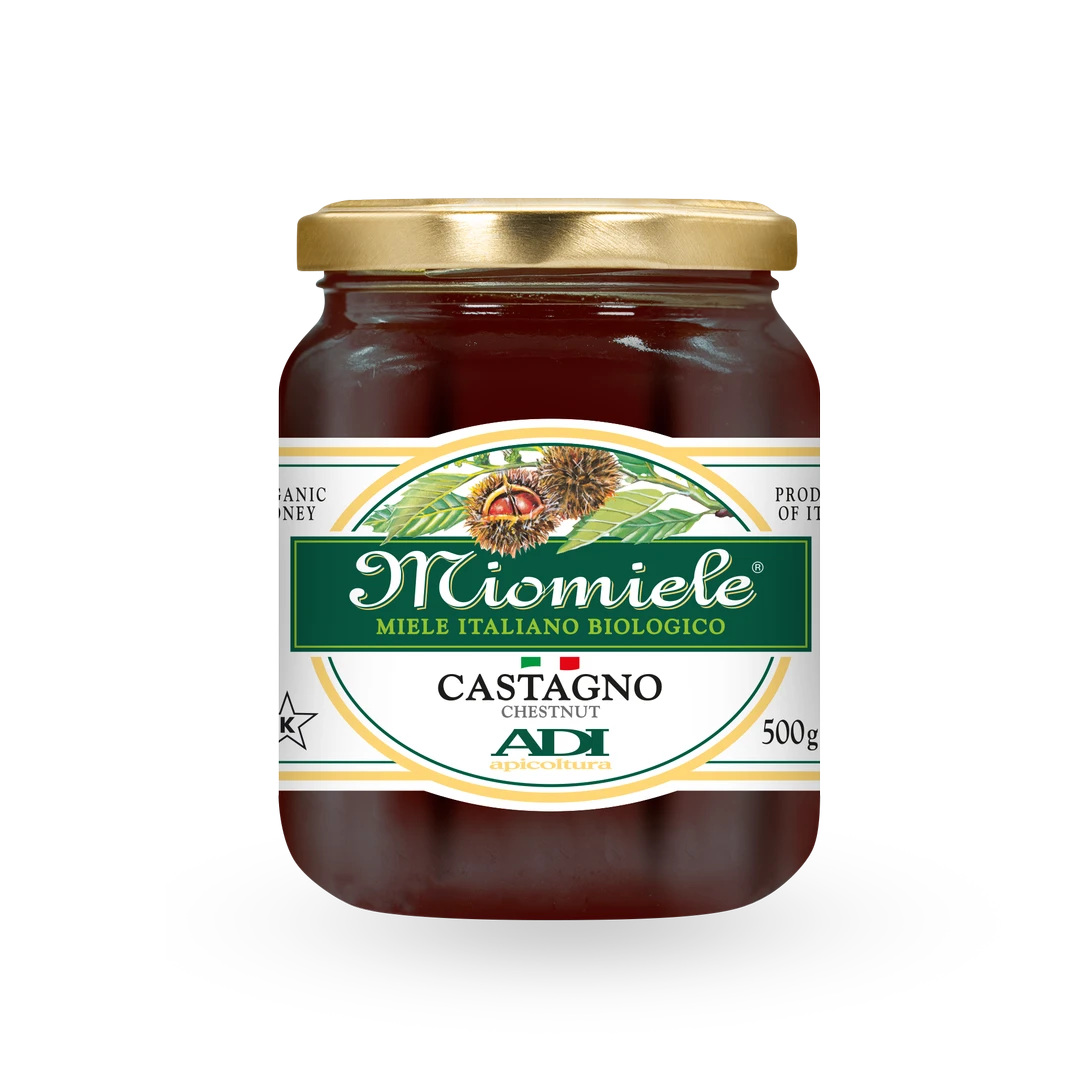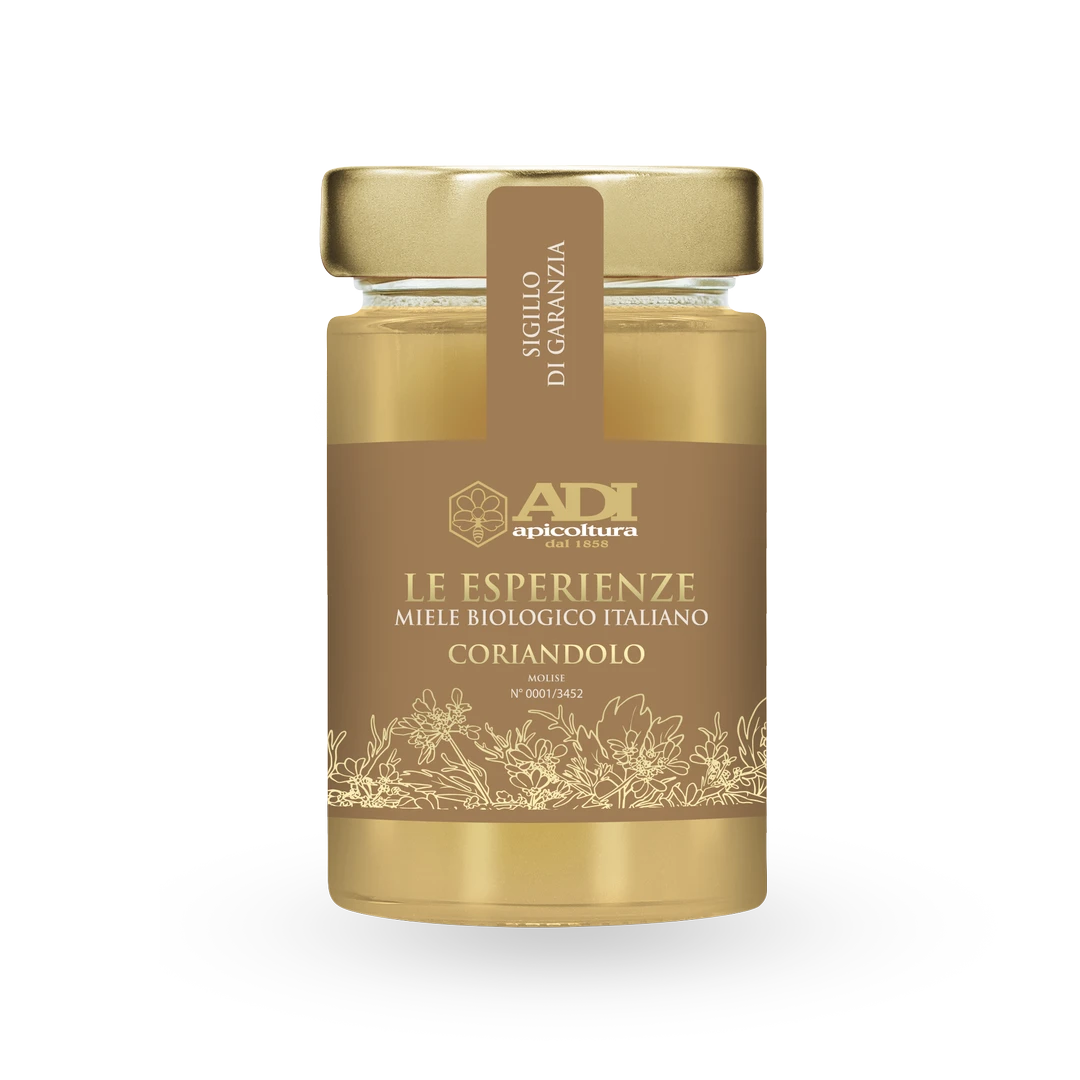Natural capital as an exhaustible resource
We are currently living in a period of profound ecosystem changes, in which nature and its contributions to human life, in terms of its intrinsic biodiversity and the ecosystem services it offers, are deteriorating worldwide. This geological period is described by the scientific community as the Anthropocene, a term indicating that humans are now considered the prime agents of the profound changes taking place at an ecological, geological and climatic level. The cause lies in the use of Natural Capital as free capital and an inexhaustible resource underlying contemporary economic and specifically industrial processes. Natural Capital consists of biodiversity, the variety of ecosystems and the complex of benefits that have made possible the birth and survival of the human species.
Ecosystem service as social well-being
The activity carried out by many pronubic insects (i.e., insects that pollinate flowers) is necessary for the sustenance of life forms on Earth that also contribute, both directly and indirectly, to the well-being of humanity, and is thus part of the total economic value of the planet.
Pollination is, in fact, a “service” performed by several species of insects and some species of birds and mammals, which, attracted by the shapes, colours, smells and floral structures of flowering plants, benefit from the production of nectar and pollen as food sources. Human intervention in Natural Capital, however, can abruptly change the relationships and survival of insects and plants.
No more pollinating insects
The factors responsible for the decrease in agricultural production are continuous climate change and the substantial use of pesticides and fertilisers in agriculture, which often, in addition to disrupting flowering, can also harm bees themselves.
The decline in the number of pollinators has a two-fold economic and environmental impact. In the first case, it has a direct bearing on the loss of production of the raw materials they produce, such as honey, propolis, pollen and wax, and indirectly affects the sectors that depend on animal pollination, primarily the agri-food sector. It is estimated that over 75% of crops for food or for the production of medicine depend on the activities of pollinating insects or mammals. Therefore, several global agri-food productions are vulnerable in the event of loss of pollinators. In particular, the cultivation of stimulant plants (such as tea, coffee and tobacco) is the most affected by a decline in pollinators, followed by the production of nuts, fruits, edible oils and vegetables.
This data therefore underlines the importance of greater attention to production methods. Organic methods could provide a pathway towards greater sustainability, quality and healthiness of beekeeping products.
What “Organic” means
We’ve often asked ourselves this, but what exactly does “organic” mean? The definition of “organic farming” can be found in Reg. UE 848/2018,
which replaces the previous Reg. EC 834/2007, which defines organic production as “an overall system of farm management and food production that combines best environmental practices, a high level of biodiversity, the preservation of natural resources, the application of high animal welfare standards and a production method in line with the preference of certain consumers for products produced using natural substances and processes“.
This means a more environmentally friendly way of producing food using sustainable methods, which may include: extensive crop rotation, limiting the use of pesticides and synthetic fertilisers, banning the use of GMOs, and using plant and animal species that are resistant to disease and adapted to local conditions.
Organic beekeeping and the difference with conventional beekeeping
Organic beekeeping is considered an agricultural practice, and it is therefore regulated by the new Reg. EU 848/2018. The difference between organic and non-organic beekeeping products is therefore based on the different production model, which ensures the typical characteristics and healthiness of the product and does not depend solely on the type of sanitary measures taken. It also takes into account other aspects, such as the quality of the environment inside and outside the hive, and the extraction, processing and storage conditions. To start an organic farm and obtain the relevant certification, certain requirements must be met, and the same applies to the beekeeping sector. To begin, you have to rely on a certification body, which carries out the necessary inspections and guides the farm through the certification process. It should be noted that you don’t start off as an organic beekeeper, but become so after a mandatory conversion period, ranging from a minimum of one to a maximum of three years. This stage can be considered concluded when all the wax in the honeycombs is replaced with organic wax. This is essential for the frames, where the honey produced by the bees is stored and direct contact with it occurs; therefore, they must not contain toxic substances or substances prohibited by the regulation.
Requirements for obtaining certification
Obviously, this practice in itself is not enough. Several factors must be taken into account to obtain organic certification. These are described as internal when they are related to the bees, such as their origin, nutrition and care, or external when they concern the environment, the hives in which the bees live and the extraction of the honey. So let’s examine in detail all the factors and requirements necessary to become organic.
Origin of the bees
Priority must be given to native breeds, in accordance with their natural geographical distribution, such as the Apis mellifera ligustica (which adapts to the climatic and geographical conditions of almost all parts of Italy), the Apis mellifera sicula (only in Sicily) and the Apis mellifera carnica (in eastern Friuli-Venezia Giulia). In addition, the swarms and queen bees acquired must come from certified organic farms.
Bee nutrition
In general, stimulating the bees with the use of artificial nourishment is not permitted and at the end of the production season, abundant reserves of honey must be left in the hives to allow them to survive the winter period. Exceptions are allowed only if the survival of the hives is threatened by adverse climate conditions and from the last honey harvest to 15 days before the start of the next nectar availability period. Emergency feeding should be carried out using honey, simple sugars (glucose and fructose) and sucrose which, in turn, must be certified as organic.
Disease prevention and veterinary care of bees make a difference
In the case of diseases or infestations, affected families must be treated and, if necessary, isolated in special apiaries. Only authorised medicines may be used for treatment. One of the most common and well-known parasites in beekeeping is Varroa destructor, which can attack and kill the larvae or affect the adult bees, preventing the complete development of their wings (and consequently flight) and their flower pollination capacity for honey production. For treatment against Varroa,
the use of chemical pesticides is not permitted, although products based on formic acid, oxalic acid (already found in nature), acetic acid and lactic acid may be used. These are preferred because bees have better tolerance to acids and because, according to the latest scientific research, Varroa has not yet developed resistance to these molecules.
Do not underestimate the position of the hives
Another essential aspect is the positioning of the apiaries. This must be in a site where the nectar and pollen sources within a 3 km radius consist of organic cultivations or are essentially composed of natural flora. The beekeepers may decide to place their hives within organic farms or in mountain areas. These areas must be free from sources of pollution such as busy roads, landfills, industrial areas and so forth.
Hive characteristics and cleaning
The hives must also meet a series of specific requirements: for example, they must only be made of natural materials, such as wood, and the use of non-toxic water-based paints on the outside is allowed, as well as physical treatments such as the use of steam or a direct flame for disinfection. The use of polystyrene hives is prohibited as it can be gnawed by bees and subsequently be found in the end product.
Harvesting and extracting the honey
Honey can be harvested when the capping – that is, the wax sealing the cells of the honeycomb – covers more than 70%. For extraction of the honey, the use of combs containing broods, i.e., larvae, is prohibited and it must be carried out in an environment with a temperature not exceeding 30 degrees, using stainless steel equipment. The honey extraction workshop should only be used for extracting organic honey.
Organic throughout the production chain
Obviously, organic methods must be used throughout the production chain, and therefore the packaging and labelling of the product are also subject to certain rules. Only non-toxic glass, earthenware or ceramic containers can be used and the honey must not undergo pasteurisation and/or sterilisation. With regard to labelling, the following information is required: net quantity of the product, minimum storage period, name or company name and location of the manufacturer, country or countries of origin and batch.
If the producer meets all the above criteria and the certifying body grants authorisation, the EU also requires use of the common organic label, mandatory for all products packaged within the European Economic Area since 2007.
A matter of quality, transparency and sustainability
Obtaining ORGANIC certification, therefore, does not only depend on the type of sanitary measures implemented, but on a series of rules which, together with the common sense, goodwill and honesty of the producer, must be observed throughout the production process. In addition, the requirements for defining a farm or, as in this case, an apiary as organic must be maintained over the years. This is to avoid penalties or, in the worst case, suspension of the certification in the event of inspections by the certifying body, and to increase confidence among consumers, who tend increasingly to choose foods foods with environmentally friendly production.
Therefore, producing organic honey means honey entails compliance with respect for the environment, the bees, the ecosystem and biodiversity.
Fonts:
informamiele.it
unibo.it
bioapi.it
ilgiornaledelcibo.it
